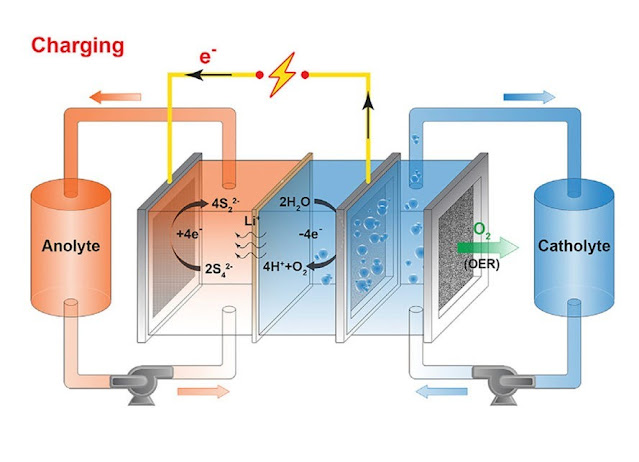The Use of Low Molecular Weight Heparin in Medical Practice
 |
| Low Molecular Weight Heparin |
What is Low Molecular Weight Heparin?
Low molecular weight heparin (LMWH) is a class of anticoagulant medications
that are used to treat and prevent deep vein thrombosis and pulmonary embolism.
LMWH is derived from unfractionated heparin through chemical or enzymatic
depolymerization and has a mean molecular weight of approximately one-third of
standard heparin. This lower molecular weight allows LMWH to have enhanced
bioavailability and a longer duration of action compared to unfractionated
heparin when given subcutaneously.
Mechanism of Action
The anticoagulant effect of Low
Molecular Weight Heparins is mediated through its ability to potentiate
the inhibitory effect of antithrombin on several coagulation enzymes,
particularly factor Xa and, to a lesser extent, factor IIa (thrombin). By
inactivating factor Xa, LMWH prevents the conversion of prothrombin to
thrombin, which plays a key role in the formation of blood clots. LMWH binds
antithrombin more readily than unfractionated heparin, allowing it to exhibit
anti-Xa activity predominant over anti-IIa activity. This gives LMWH a more
predictable dose response than unfractionated heparin.
Medical Uses
The medical uses of low molecular weight
heparins mainly capitalize on its favorable pharmacological properties compared
to unfractionated heparin. Some of the key therapeutic areas where LMWH is used
include:
Treatment of venous thromboembolism: Both initial and long-term treatment of
deep vein thrombosis and pulmonary embolism. Multiple trials have demonstrated
LMWH to be as effective as intravenous unfractionated heparin with fewer
bleeding complications.
Prevention of venous thromboembolism: Prophylaxis against deep vein thrombosis
in patients undergoing orthopedic surgeries like hip or knee replacement or who
have reduced mobility from plaster casts/injuries. LMWH is preferred over
unfractionated heparin for outpatient therapy.
Acute coronary syndrome: Adjunct treatment along with antiplatelet drugs in
patients with unstable angina or non-ST elevation myocardial infarction to
prevent cardiovascular events. Meta-analyses show low molecular weight heparins
provides better protection than unfractionated heparin.
Risk reduction in pregnant women: Use during pregnancy in women with inherited
or acquired thrombotic risk factors to decrease placental complications and
recurrent miscarriages. LMWH therapy avoids the need for regular monitoring.
Hemodialysis:Some LMWHs like dalteparin are approved for anticoagulation of
hemodialysis circuits where their prolonged half-life is advantageous.
Advantages over Unfractionated Heparin
Beyond its improved bioavailability and dose schedule, LMWH offers several
clinical advantages over unfractionated heparin:
Predictable bioavailability:Subcutaneous absorption of LMWH is consistent,
allowing fixed dosing without coagulation monitoring. This makes outpatient use
more practical.
Less binding to plasma proteins:Only about one-third of LMWH is bound to
protein compared to unfractionated heparin, resulting in a more predictable
pharmacological response.
Longer half-life: The half-life of low molecular weight heparins is 2-4 hours
compared to 0.5-1.5 hours for unfractionated heparin. This allows for less
frequent daily dosing.
Lower risk of heparin-induced thrombocytopenia: The antigenic epitopes
responsible for HIT occur less frequently on LMWH molecules, making it a safer
alternative in related cases.
Less bleeding risk: Clinical studies demonstrate LMWH causes significantly
fewer bleeding complications compared to unfractionated heparin during
long-term use.
the improved pharmacological properties, efficacy, safety profile,
and convenience of administration have made LMWH the preferred anticoagulant
over unfractionated heparin for most therapeutic indications.
Get more insights on – Low Molecular Weight Heparins
For Deeper Insights, Find the Report in the Language that You want.
About Author:
Ravina Pandya, Content Writer, has a strong foothold
in the market research industry. She specializes in writing well-researched
articles from different industries, including food and beverages, information
and technology, healthcare, chemical and materials, etc. (https://www.linkedin.com/in/ravina-pandya-1a3984191)



Comments
Post a Comment